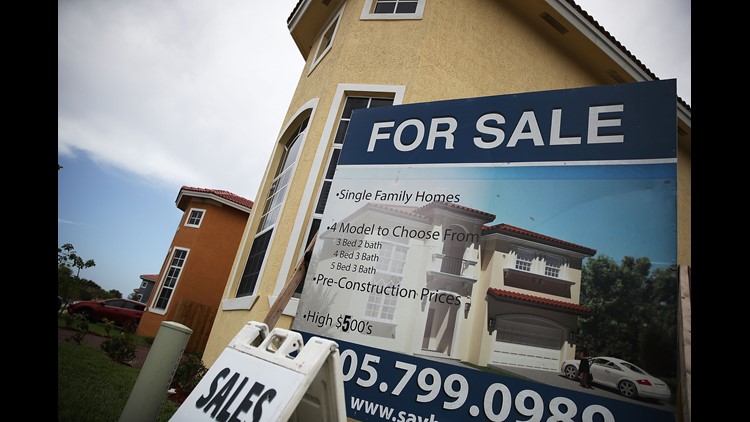(Illinois News Network) -- Illinois had one of the largest population declines in the nation in 2018, the continuation of a years-long retreat from the state, according to figures from U.S. Census Bureau released Wednesday.
Census numbers show 114,154 people moved out of Illinois in the 12 months ending in July. In total, Illinois’ population shrank to 12,741,080, a total population loss of 45,116 from last year. This marks the fifth consecutive year of total population loss for the state and the largest drop in population in more than a decade.
Only New York saw a larger population decline of 48,510. The Empire State has about 7 million more people than Illinois.
With an out-migration of more than 114,000 in 2017, Illinois was relegated to America’s sixth-largest state, falling behind Pennsylvania.
The new data begins in July 2017, the same time that Illinois lawmakers voted to override Gov. Bruce Rauner’s veto to pass a historic income tax hike, raising the income tax rate to 5 percent, up from 3.75 percent.
In the months before July 2017 dating back to the recession, Illinois saw job growth at 1.7 percent, in line with the rest of the nation. Data from the next twelve months that coincide to the day with census data, Illinois saw jobs growth slow to .97 percent, 44th in the nation.
The reason why people continue to leave is not clear, but is likely the result of many factors, including broad migration patterns. Some point to the state's weather, cost-of-living, high taxes, crime in areas like Chicago’s South Side, and greater opportunity in other states. Illinois has seen the lowest wage growth since the Great Recession of nearly any state.
“Our economic recovery has been a lot more sluggish,” said Brian Harger, research associate with Northern Illinois University’s Center for Governmental Studies.
Credit ratings agency Fitch Ratings said in a report earlier this month that, while Illinois’ population losses have accelerated since the recession, there has been a pattern of out-migration that’s been virtually uninterrupted since the mid-1920s. It’s only in the last handful of years that the state’s birthrate and immigration rates have failed to make up for the growing outflow of residents.
“The factors that have buffered this loss in the past, the birthrate and the level of foreign migration, have cooled off,” Harger said.
While population loss is troubling, Harger said the bigger issue is who is deciding to leave.
“The biggest concern isn’t just the loss of people, but it’s the aging population and that most of those leaving are of working age,” he said.
The most recent IRS data shows Illinois lost more than $720 million in adjusted gross income on net to neighboring states in 2016.
As a result of the population loss, Illinois is on track to lose at least one member of Congress after the apportionment process in 2021. This, accompanied with fewer electoral votes in presidential elections, leaves Illinois with a diminished voice in federal matters.



